Literary Elements Worksheets Middle School
Literary elements worksheets can greatly enhance the understanding and analysis skills of middle school students. Exploring various components like character development, plot structure, and figurative language, these worksheets provide a solid foundation for young readers and writers to delve deeper into the world of literature. By engaging with the entities and subjects that make up a story, students can develop a deeper appreciation for the craft of storytelling and become more skilled at analyzing and interpreting literary works.
Table of Images 👆
- Writing Graphic Organizer Plot
- Story Plot Map Graphic Organizer
- Character Graphic Organizers Reading
- Reading Graphic Organizer
- Character Trait Analysis Graphic Organizer
- Character Setting Plot and Theme Worksheets
- Free Printable Reading Log Template
- Literary Terms Word Search Printable
- Literary Elements Graphic Organizer
More Other Worksheets
Kindergarten Worksheet My RoomSpanish Verb Worksheets
Cooking Vocabulary Worksheet
DNA Code Worksheet
Meiosis Worksheet Answer Key
Art Handouts and Worksheets
7 Elements of Art Worksheets
All Amendment Worksheet
Symmetry Art Worksheets
Daily Meal Planning Worksheet
What is the definition of plot?
The plot is the sequence of events that make up a story, including the exposition, rising action, climax, falling action, and resolution. It is the structure and organization of a narrative that moves the story forward and keeps the audience engaged.
What are the main components of a story's plot?
The main components of a story's plot typically include the exposition (introduction of characters and setting), rising action (development of the conflict), climax (the turning point or peak of the story), falling action (events following the climax that lead to resolution), and resolution (the conclusion and final outcome). These components work together to create a cohesive narrative structure and engage the reader or audience in the story.
What is the definition of setting?
Setting refers to the time and place in which a narrative takes place, providing context for the story and influencing the characters and events within it. It includes geographic location, historical period, and social environment, helping to create the atmosphere and mood of the work.
How does the setting of a story impact the plot and characters?
The setting of a story plays a crucial role in shaping the plot and characters by providing the backdrop against which the events unfold and the characters interact. The setting can influence the characters' behaviors, decisions, and motivations, as well as drive the narrative forward. Additionally, the setting can create a certain atmosphere or mood that can enhance the overall experience for the reader, making the story more immersive and memorable. Ultimately, the setting serves as a foundational element that impacts the trajectory of the plot and the development of the characters in a story.
What is the definition of character development?
Character development refers to the process of creating a well-rounded and dynamic character in a story or narrative by exploring their traits, motivations, growth, and interactions. This involves portraying changes in the character's personality or beliefs over time, often in response to challenges or experiences they face, resulting in a more complex and engaging portrayal.
How do authors develop their characters throughout a story?
Authors develop their characters throughout a story by providing details about their appearance, thoughts, feelings, actions, and interactions with other characters. This can include showing the character's development through challenges they face, decisions they make, and growth they experience over the course of the narrative. Through these elements, authors create multi-dimensional and relatable characters that evolve and change as the story progresses, ultimately creating a deeper connection between the reader and the characters.
What is the definition of theme in literature?
Theme in literature refers to the central idea or message that the author conveys through their work. It is the underlying meaning or concept that the author explores and develops throughout the story, often reflecting on universal truths or highlighting specific issues or values. Themes can be complex and may be open to interpretation, serving as a foundation for the overall meaning and impact of a literary work.
How can readers identify the theme of a story?
Readers can identify the theme of a story by looking for recurring motifs, symbols, and patterns throughout the text that convey a deeper message or universal truth. Paying attention to the characters' conflicts, emotions, and relationships can also provide insights into the central theme of the story. Additionally, analyzing the story's setting, tone, and resolution can help readers uncover the underlying message or moral that the author is conveying. Ultimately, reflecting on the overall impact and emotional resonance of the story can lead readers to a better understanding of its thematic elements.
What is the definition of point of view?
Point of view refers to the perspective from which a story is told, including the narrator's position in relation to the events and characters being described. It influences the reader's understanding and emotional response to the narrative by shaping the way information is presented and interpreted.
How does the choice of point of view affect the reader's understanding of a story?
The choice of point of view can significantly impact a reader's understanding of a story by influencing the level of intimacy with characters, the amount of information received, and the overall perspective on events. A first-person point of view can provide a subjective and personal insight into a character's thoughts and emotions, creating a strong connection with the reader. On the other hand, a third-person omniscient point of view can offer a broader perspective by revealing multiple characters' thoughts and actions, providing a more objective view of the story. Ultimately, the point of view chosen shapes how readers interpret the narrative and the characters within it.
Have something to share?
Who is Worksheeto?
At Worksheeto, we are committed to delivering an extensive and varied portfolio of superior quality worksheets, designed to address the educational demands of students, educators, and parents.

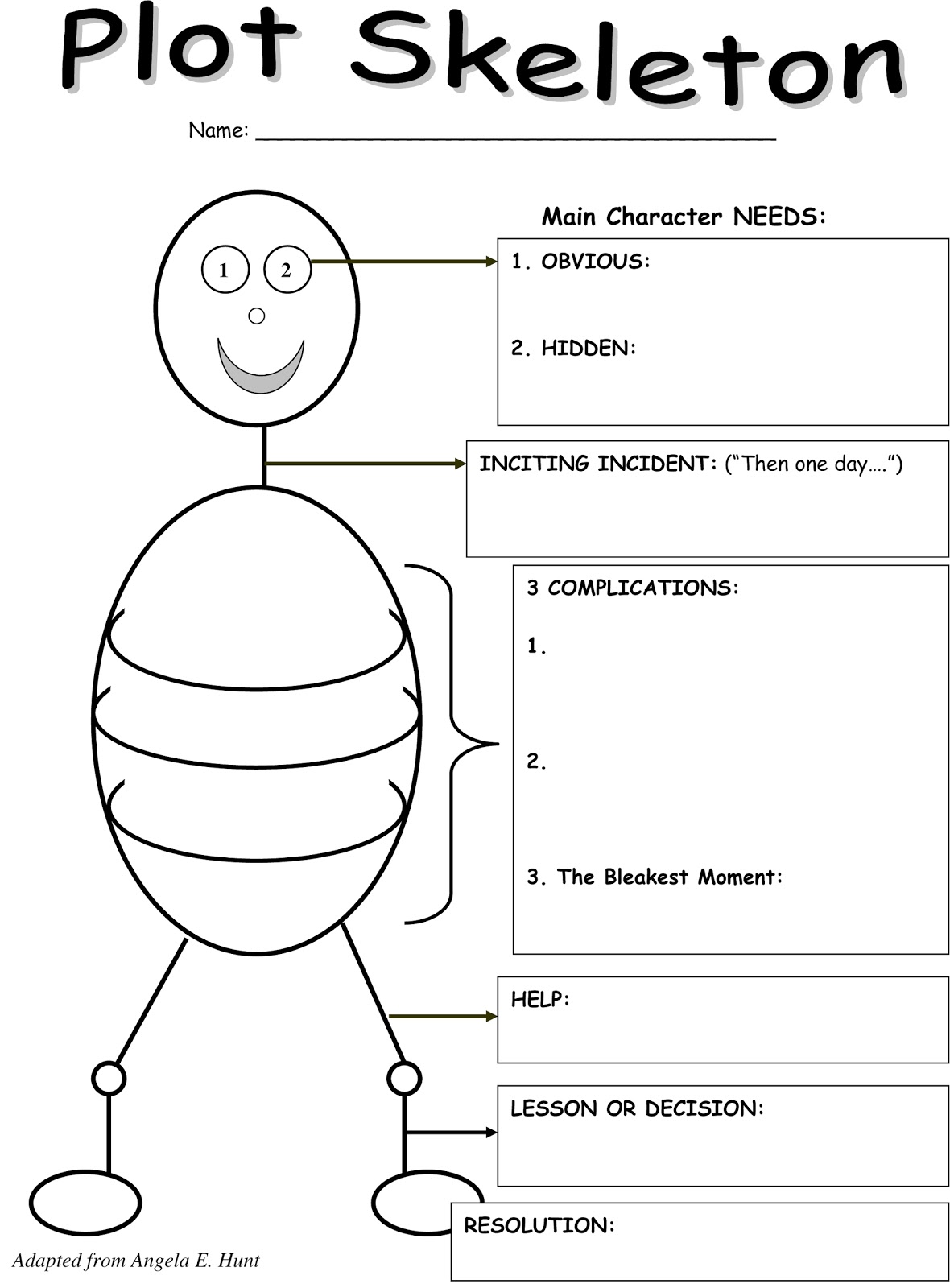




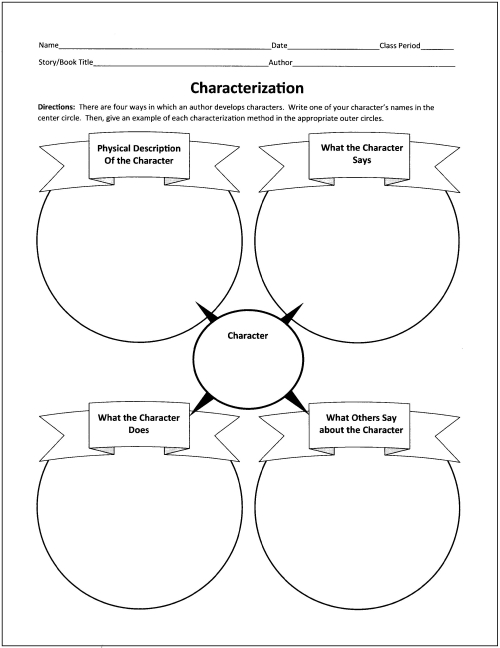
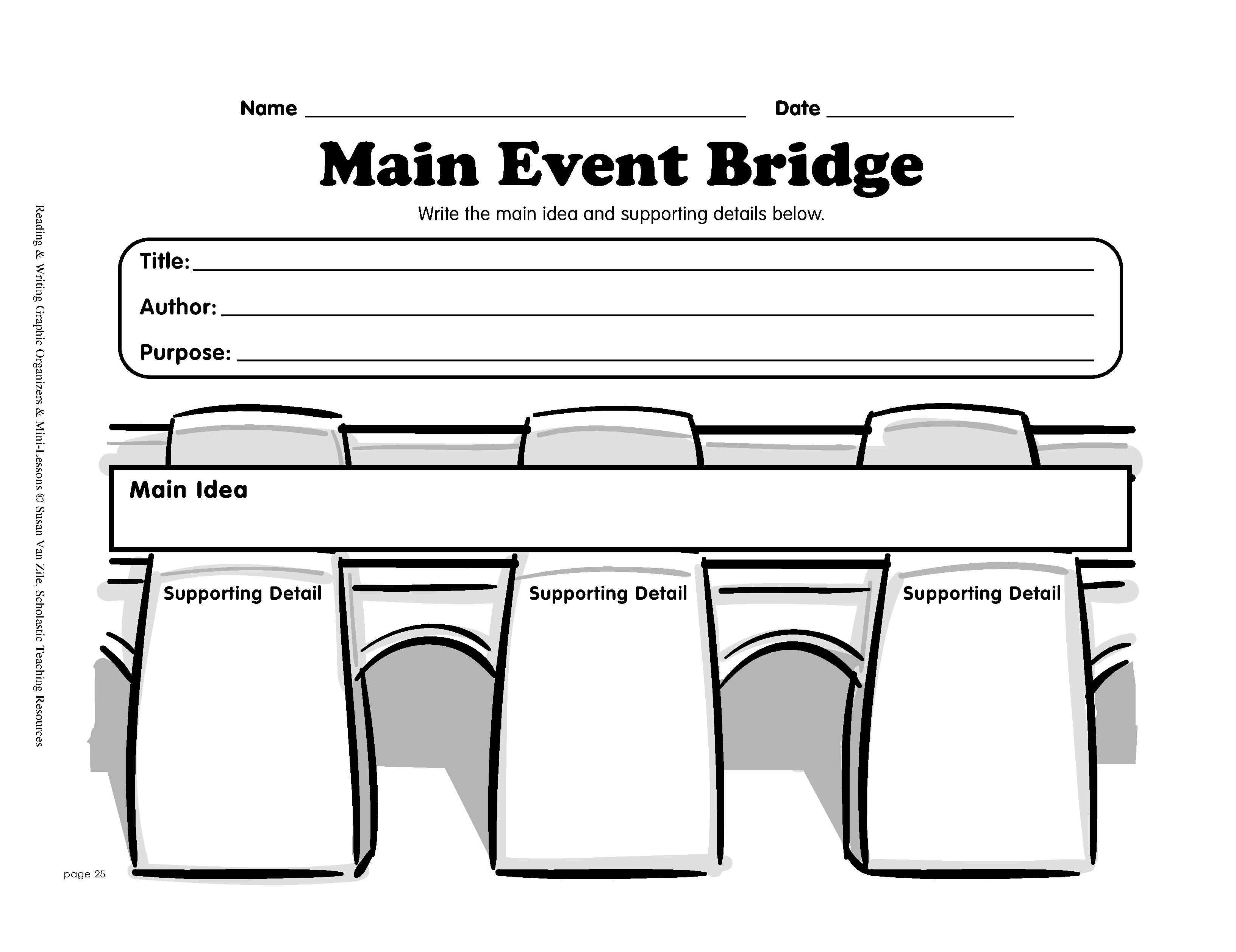
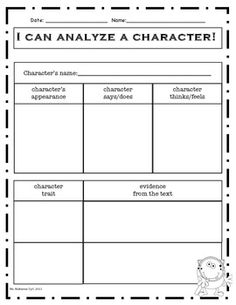
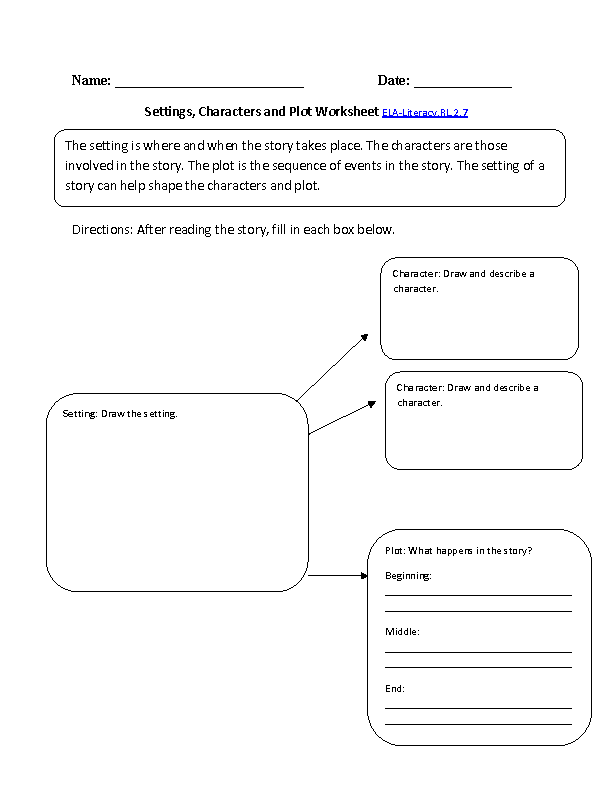
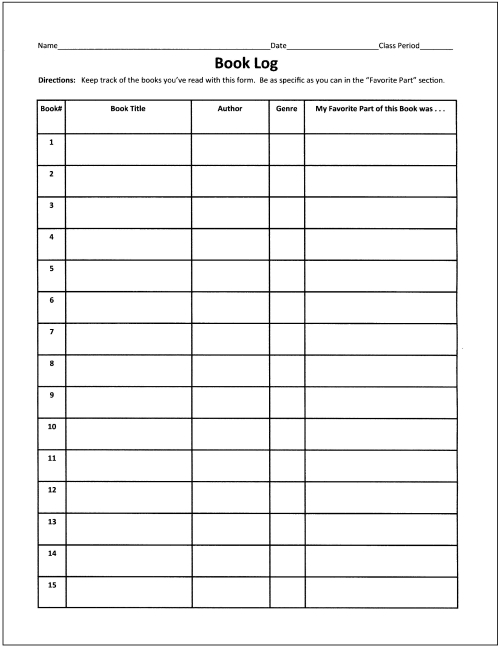
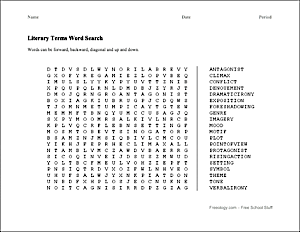
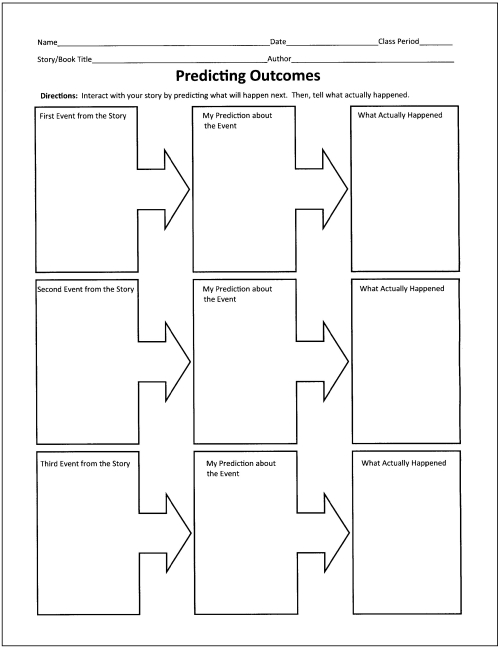














Comments